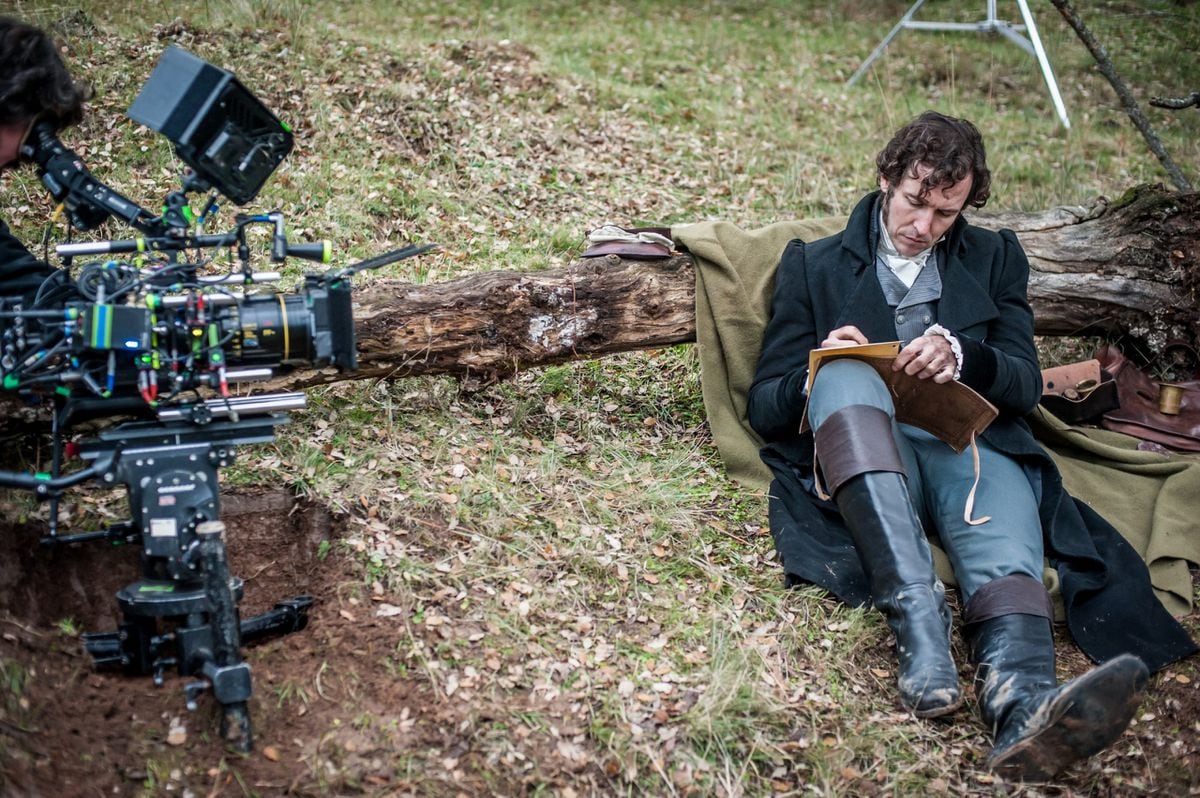To see Freedom, Enrique Urbizu’s latest work, one can go to the cinema that is closest to hand of the hundreds that premiered it last Friday, or turn on the television (or the computer, the mobile phone, the tablet) and look for it among the series of Movistar +. The two media are the natural habitat of the same story. With the exception that in one format it lasts 135 minutes and in the other there are five chapters of 50, the product is the same and there is no more official version than another. That there would be even strange. The diffusion of the borders between what is a film product and a television product has become one of the great plots of 2021 in audiovisual culture. Not because it is a new debateCinema Notebooks declared as the best film of 2018 the third season of Twin Peaks), but because never have so many examples coincided so closely in such an accelerated process.
In January he arrived in Spain Small Axe, telling five stories of racism against London’s Afro-Caribbean community. The chapters were full-length, were not connected to each other, and had been shot by Steve McQueen (an Oscar-winning filmmaker for 12 years of slavery). To call it a cinema, or a collection of five films, would be to fall short and ignore that the whole is part of the project; calling it television would not do it justice. In February, Disney + released The Scarlet Witch and Vision, a series that continued (and modified) the story that Marvel films tell: it was not an anecdotal subplot, but a key event from which future theatrical releases will depart. The fact that it happened as a series was also essential, since television was almost one more character. Last week, HBO Spain premiered director Zack Snyder’s montage of The Justice League, released in theaters in 2017 and now turned into a four-hour epic divided into six chapters. That is, formally it is a series, and the only thing that turns it into something else is that it must be consumed in one sitting. The mess is such that in June 2020, the studio responsible for the reassembly, Warner, announced it as one thing and in January 2021, it clarified that it was the opposite. Without changing anything, the same product was no longer a series, it was a feature film. And the difference between one thing and the other, irrelevant.
These cases, together with the aforementioned Freedom and films destined for theaters, but released on television because of the pandemic, have practically ended decades of separation between film and television. It was always an elusive differentiation. An authorial aptitude was presupposed to the cinema: the director creates meaning with each decision he makes (image, sound, script… the cinematographic language); television was produced with less money and so fast that there was no room for authors beyond the audience, which was who determined how long a story lasted. However, two of Ingmar Bergman’s most acclaimed films, Scenes from a marriage (1973) and Fanny and Alexander (1982), are series traced as feature films, just like Freedom. The first was denied the possibility of aspiring to the Oscar because it was broadcast on television; the second won Best Foreign Film. Hitchcock rolled Psychosis (1960) as if it were a film for television. Roberto Rossellini left the cinema in 1963 to dedicate himself to the small screen. No one would say that the director of Rome, open city it lacks authorial intent.
The two screens have merged over the years. “Somehow television had assumed the role of the series B in the cinema. There was a subdivision that was broken in the nineties with pioneering experiences such as those of Twin Peaks O File X. The first season of 24 was on the list of Cinema Notebooks one of the best films of 2002 ”, explains Francesc Xavier Pérez Torio, author of Shakespeare: the invisible screenwriter. Thus, up to the current abundance of titles that belong to both media at the same time. “It is something inherent to the turn of the century,” explains Jorge Carrión, author of Teleshakepeare and Lo viral. “In fact, I don’t know if the debate is even alive today, or if it is as much alive as a few years ago, outside of the industry or from people who want to work only in film.”
If the process is long, key factors have come together lately. The arrival of platforms, which allow personalized consumption of audiovisuals. The control that television creators have achieved over the duration of their work (it is impossible to successfully tell a story without calculating when it will end, as the writers of Lost; or how it will end, as those of Game of Thrones). An audience more used to one-season programs, and longer films, or in installments.
“The limits have not been blurred, it is that the entire system has been inverted. Feature films seem to have received the category of ‘short story’ while television is the ‘novel’ of the audiovisual story ”, alerts from New York the journalist and cultural critic Lauren Mechling. “Watching television used to be associated with being lazy, something you connected with at times. It is now a medium that rewards viewers who like to pay attention, and attracts creators who want to layer their work with layers and tracks and multiple meanings. Anyone who believes that cinema is a superior art, I already know some of those people, they are not just snobbish, they are missing it ”.
You can follow EL PAÍS TELEVISIÓN on Twitter or sign up here to receive our weekly newsletter.
–

